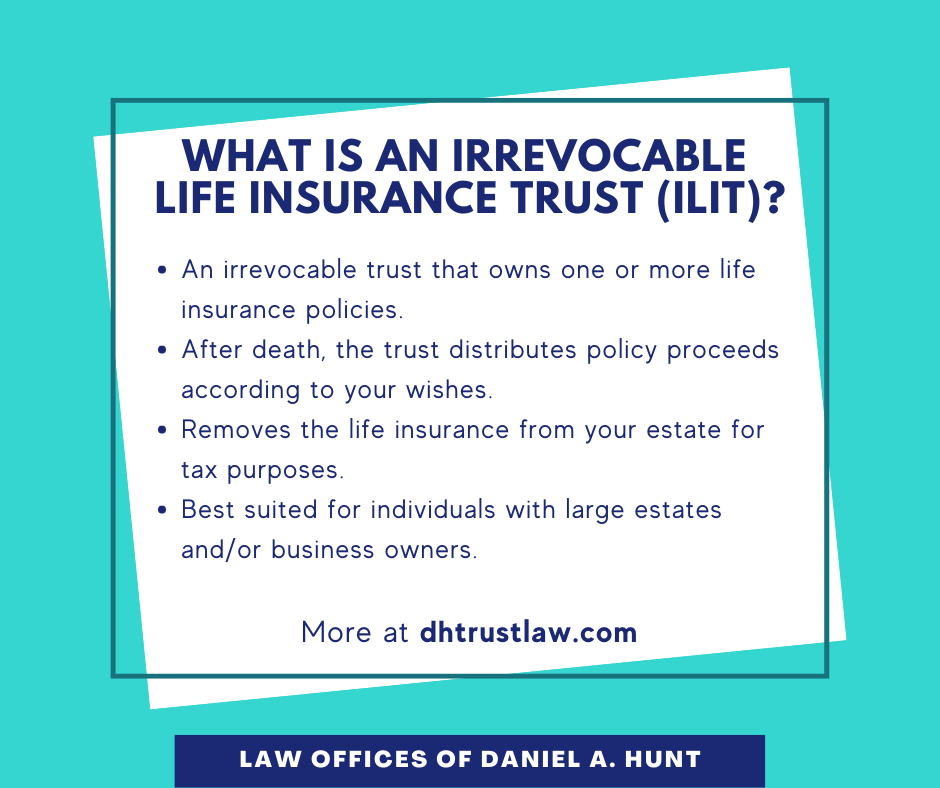Not known Factual Statements About Pacific Prime
Not known Factual Statements About Pacific Prime
Blog Article
Indicators on Pacific Prime You Need To Know
Table of ContentsAll About Pacific PrimeAn Unbiased View of Pacific PrimeThe Of Pacific PrimeGetting My Pacific Prime To WorkThe 7-Minute Rule for Pacific Prime

This is since the data were gathered for a duration of strong economic efficiency. Of the estimated 42 million individuals that were uninsured, almost regarding 420,000 (regarding 1 percent) were under 65 years old, the age at which most Americans come to be eligible for Medicare; 32 million were adults between ages 18 and 65, around 19 percent of all grownups in this age; and 10 million were kids under 18 years old, concerning 13.9 percent of all children (Mills, 2000).
These quotes of the variety of individuals uninsured are produced from the yearly March Supplement to the Existing Populace Survey (CPS), conducted by the Census Bureau. Unless otherwise kept in mind, national price quotes of individuals without medical insurance and percentages of the population with various kinds of protection are based on the CPS, one of the most widely utilized resource of estimates of insurance protection and uninsurance prices.
What Does Pacific Prime Mean?

Still, the CPS is specifically valuable due to the fact that it creates annual price quotes reasonably promptly, reporting the previous year's insurance policy coverage approximates each September, and due to the fact that it is the basis for a consistent collection of quotes for more than two decades, enabling analysis of trends in insurance coverage in time. For these reasons, along with the substantial use the CPS in various other studies of insurance coverage that are provided in this report, we count on CPS price quotes, with restrictions kept in mind.

The price quote of the variety of without insurance people increases when a population's insurance policy condition is tracked for numerous years. Over a three-year period starting early in 1993, 72 million individuals, 29 percent of the U.S. https://www.pubpub.org/user/freddy-smith-2. population, were without insurance coverage for at the very least one month. Within a single year (1994 ), 53 million individuals experienced at least a month without insurance coverage (Bennefield, 1998a)
6 out of every 10 uninsured grownups are themselves utilized. Although functioning does boost the probability that one and one's relative will certainly have insurance coverage, it is not a guarantee. Even participants of family members with 2 full-time wage income earners have virtually a one-in-ten possibility of being without insurance (9.1 percent uninsured price) (Hoffman and Pohl, 2000).
What Does Pacific Prime Mean?
New immigrants make up a considerable percentage of people without wellness insurance coverage. One evaluation has actually attributed a considerable section of the current development in the dimension of the U.S. without insurance populace to immigrants that arrived in the country in between 1994 and 1998 (Camarota and Edwards, 2000). Recent immigrants (those that came to the United States within the past 4 years) do have a high price of being without insurance (46 percent), but they and their children make up just 6 percent of those without insurance coverage country wide (Holahan et al., 2001).
The connection in between medical insurance and accessibility to care is well developed, as recorded later on in this chapter. Although the partnership in between wellness insurance policy and wellness end results is neither straight neither straightforward, an extensive clinical and wellness solutions study literary works web links medical insurance protection to enhanced access to care, better quality, and boosted individual and populace health and wellness condition.
Levels of evaluation for taking a look at the effects of uninsurance. It concentrates particularly on those without any wellness insurance policy Click This Link for any type of length of time.
Indicators on Pacific Prime You Need To Know
The problems faced by the underinsured are in some aspects similar to those encountered by the uninsured, although they are generally less severe. Wellness insurance policy, nevertheless, is neither necessary neither adequate to gain accessibility to medical solutions. The independent and direct result of wellness insurance protection on access to wellness services is well established.
Others will certainly acquire the healthcare they require even without medical insurance, by paying for it expense or seeking it from carriers who supply treatment free or at extremely subsidized rates. For still others, medical insurance alone does not ensure invoice of care as a result of various other nonfinancial barriers, such as a lack of healthcare suppliers in their community, restricted accessibility to transportation, illiteracy, or linguistic and social distinctions.
A Biased View of Pacific Prime
Official research study concerning without insurance populations in the United States dates to the late 1920s and very early 1930s when the Board on the Price of Medical Treatment generated a series of records regarding funding medical professional workplace visits and hospital stays. This issue became salient as the numbers of medically indigent climbed up throughout the Great Clinical depression.
Report this page